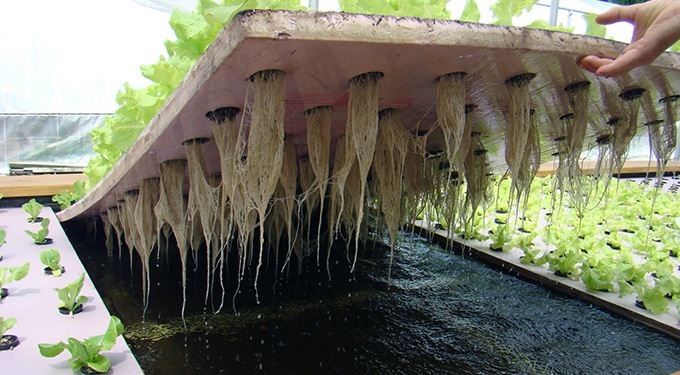Sami Karam
Coming from an agricultural background which runs back several generations in his family, Sami founded a hydroponic farming business which also provides consultancy services. Partnering with European companies, he has worked on projects in Greenland, UAE, Saudi Arabia and Lebanon focusing on adapting and optimizing environmental controls and fertigation for extreme conditions in various kinds of systems within greenhouses, vertical indoor and hybrid farms. Sami’s career path started in the oilfield services sector. After graduating with a degree in Chemical Process Engineering from the University of Oklahoma in 2003, he worked his way from a field engineer, coordinator to country operations manager, moving between the USA, Scotland, Saudi Arabia, UAE, Thailand and Congo, which led him to gain a wealth of experience in adverse environments and work conditions. Today, seeking more exposure and growth, his path brought him back to the USA where Sami draws on his experience to provide precisely what growers need to incorporate new technologies, optimize yields and conserve resources






























2 Responses
Great Article! Thank you for sharing this very informative post, and looking forward to the latest one. If you are looking for hydroponic supplies here in Australia just visit thegrowshop dot com dot au.
Great Article! Thank you for sharing this very informative post, and looking forward to the latest one.